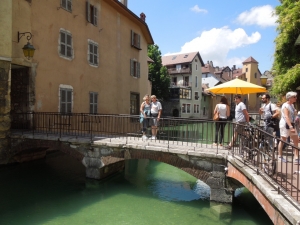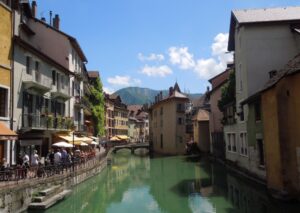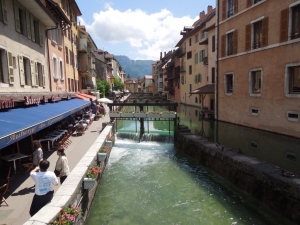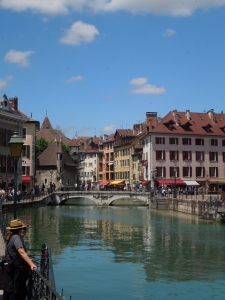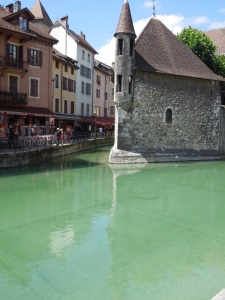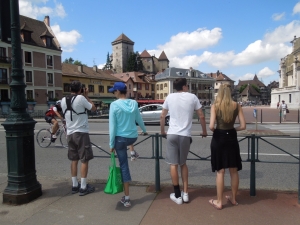 As a basketball aficionado, I miss being in America during the frenzy of the NCAA tournament, but we also have March Madness during basketball season in European international schools. Every time we hit the road, we enjoy our own form of madness.
As a basketball aficionado, I miss being in America during the frenzy of the NCAA tournament, but we also have March Madness during basketball season in European international schools. Every time we hit the road, we enjoy our own form of madness.
Traveling with teens between countries by bus, train, plane and even gondolas in Venice gets crazy. Inevitably someone will forget a passport, misplace a plane ticket, lose a piece of luggage, arrive late for departure or forget a uniform.
For coaches, the journey to and from venues becomes more stressful than coaching those nail-biting basketball games in the tournament itself.
During one trip years ago, my starting point guard left her passport in the pouch at the back of seat in front of her on the plane.
Another time, due to an electronic glitch, our bus door would not open or close completely. The athletic director in Zurich gave us jump ropes from their PE department and we tied the door closed, crawled over the seats from the driver’s side and rode home shivering as wind and snow blew in from the gap in the door.
Traveling with a group of kids anytime is challenging. They are like those Tamagotchi electronic pets that need to pee, eat and sleep at regular intervals. Wherever we go, someone needs to find a toilet, get a drink or buy a smoothie at the most inopportune moments.
 On our trip last weekend, before landing, one middle school girl said, “Every time I land in the Brussels airport, I have to get a smoothie.”
On our trip last weekend, before landing, one middle school girl said, “Every time I land in the Brussels airport, I have to get a smoothie.”
When she asked for permission, Gerald, unaccustomed to travel with teens, said, “Okay.”
Anyone who has ever worked with kids knows that if one student gets a smoothie then everybody gets a smoothie. Sixteen smoothies later, we finally pulled our bags off the conveyor belt in baggage claims. We were ready to be picked up by buses from the host school when another girl cries out, “Oh no, I left my purse at the smoothie stand.”
Once you have exited the arrival terminal, you can’t go back, so she and Gerald ran to the front of the airport’s departure gate. There, security staff insisted you could not re-enter the terminal without a plane ticket. By the time they were finally allowed to access, the purse was long gone.
By far the worst incident happened years ago when I coached in Paris where we often traveled with 4 teams – JV and varsity girls and boys. One time on our return train trip from Vienna, an exhausted guard moved away from his noisy teammates to another car to sleep. However, at some stops on long haul trips, the trains may split off to different destinations. Only after we arrived home in Paris did the coach realize he was missing a player. That poor boy fell asleep in Austria and woke up in Italy.
Every time we arrived home safely with our teams, I breathe a sigh of relief. We never remember who blew a lay up, shot an air ball or missed a free throw, but we never forget the time we almost missed our flight, lost our passport, rode a broken bus, bought a smoothie in Brussels and all the other hilarious incidents –though not funny at the time – in retrospect made our international travels during European March Madness so memorable.












